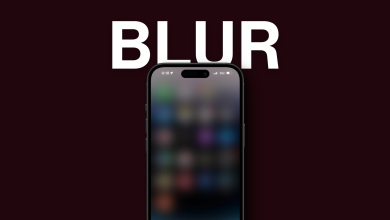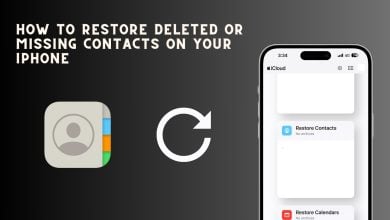11 Easy Fixes for When iPhone Brightness Keeps Changing
- Various settings on your iPhone, like Auto-Brightness, Night Shift, and True Tone, effect screen brightness adjustments. Understanding and configuring these features can help you maintain consistent screen brightness tailored to your preferences.
- If your iPhone's brightness fluctuates unexpectedly, try disabling Auto-Brightness, True Tone, or Night Shift, checking for overheating, and updating iOS.
- If adjusting settings doesn't fix the brightness issue, it may indicate a hardware problem or a deeper software issue. In such cases, contacting Apple Support or visiting an Apple store for professional assistance is recommended to resolve the problem effectively.
All smartphones, including iPhones, have a feature that dims the screen to save battery life. The iPhone’s large screen uses the most battery. Sometimes, the iPhone screen dims too much, making it hard to use. This could happen for many reasons, as the iPhone has many features that control screen brightness.
While it might be a hardware issue, checking software problems first is important. In this guide, we will explain the Auto-Brightness feature on the iPhone, discuss why your iPhone screen might keep dimming, and show how to fix it if your iPhone brightness keeps changing.
Table of Contents:
- What is the auto brightness feature in the iPhone?
- Why does the iPhone’s brightness keep changing?
- How do you fix if your iPhone brightness keeps changing?
- 1. Disable auto-brightness
- 2. Check if your iPhone is heating up
- 3. Disable Attention-Aware features on the iPhone
- 4. Check the Night Shift feature
- 5. Disable the “True Tone” option
- 6. Reduce White Point on your mobile
- 7. Update iOS Version to stop your iPhone screen from dimming
- 8. Turn off Low Power Mode
- 9. Reset All Settings
- 11. Contact Apple Support
- ↪ From Control Center
- ↪ From Settings
What is the auto brightness feature in the iPhone?
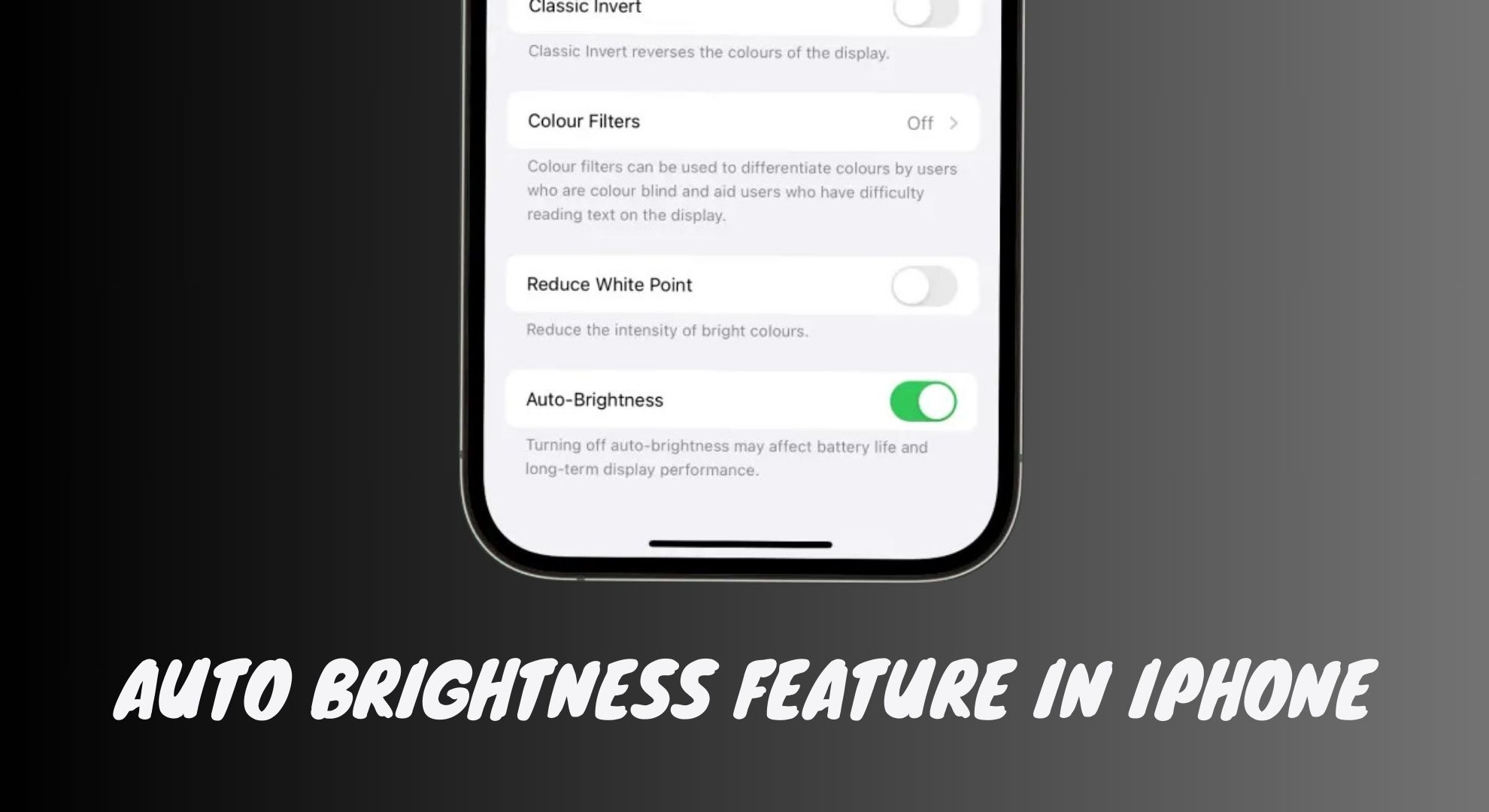
The auto-brightness feature in iPhones adjusts the screen light based on the light around you. This makes the screen easier to see and saves battery life. You don’t have to change the brightness yourself because the phone does it for you.
This keeps the screen at the best light level, so it’s easier on your eyes and helps prevent them from getting tired. It’s good for your eye health because it reduces the harm from looking at the screen too long. Features like auto-brightness make using the iPhone more comfortable and better for your eyes.
READ MORE: How to Fix Brightness Won’t Change on Windows 10/11 ➜
Why does the iPhone’s brightness keep changing?

Your iPhone screen changes brightness automatically depending on how ambient light hits your device. While this automatic adjustment is helpful, you may prefer controlling their screen brightness rather than letting it vary constantly.
Sometimes, your phone’s brightness might keep changing weirdly, or the Auto Brightness feature doesn’t stop even after turning it off. Here are some of the reasons why it happens in both these cases:
- Auto-Brightness is turned on: If your iPhone is updated, it’s likely that the screen brightness changes by itself. This is because of Auto-Brightness, a feature that adjusts your screen’s brightness based on the surrounding light, making it easier to see.
- Night Shift is turned on: Night Shift is a feature that changes your iPhone’s color and brightness at specific times, usually from sunset to sunrise, to help your eyes relax and make it easier to fall asleep after using your phone.
- Heating issues: If the iPhone gets too warm, it might dim the screen to prevent overheating. This happens when the iPhone’s internal temperature exceeds the normal range, and the device adjusts its temperature to protect the internal components.
- Software issues: Sometimes, software issues can cause unexpected screen dimming. These software bugs lead to bugs that make your screen brightness fluctuate without your input.
- Water damage: If water has gotten into your iPhone, it may cause the screen to misread the external light conditions and dim the screen as if it were darker outside than it is.
READ MORE: Ghost Touch on iPhone? Here’s How to Get Rid of It ➜
How do you fix if your iPhone brightness keeps changing?
Luckily, you can change settings on your iPhone to stop the screen from dimming by itself when you go from outdoors to indoors or move between rooms. Here are some steps to help you manage the auto brightness on your iPhone.
1. Disable auto-brightness
First, you should turn off the automatic brightness in your settings. This function changes your screen brightness based on the light around you, so you must turn it off to stop your screen from constantly adjusting.
- Open the Settings app and go to “Accessibility.”

Go to Accessibility - Tap on “Display & Text Size.”

Tap Display & Text Size - At the bottom, switch off “Auto-Brightness.”

Turn of Auto Brightness
If your screen brightness still changes on its own, there might be another setting you have to turn off.
2. Check if your iPhone is heating up

If your iPhone gets hot, it might dim the screen even if you’ve turned off auto-brightness. The screen dims when it gets too hot to avoid damage inside the phone. Your iPhone can get warm for many reasons, like being in your pocket for a long time, being in the sun, or using it to watch videos while charging.
To fix this, close all apps running in the background, remove the phone’s case, and let your iPhone cool down. To cool it down faster, you can turn off your iPhone. If you leave your iPhone turned off for a bit, the screen brightness should stop changing by itself if it is due to heating.
READ MORE: Is your iPhone Overheating? Try these 11 Fixes to Cool it Down ➜
3. Disable Attention-Aware features on the iPhone
Your iPhone’s screen brightness might also be affected by a feature called “Attention-Aware Features.” When this feature is on, your iPhone dims the screen if it thinks you’re not looking at it. You can turn off this feature with these steps:
- Go to Settings on your iPhone and choose “Accessibility.”

Go to Accessibility - Tap on “Face ID & Attention.”

Open Face ID & Attention - Switch off “Attention Aware Features.”

Turn off Attention Aware Features - Enter your passcode to confirm the change.

Enter passcode
4. Check the Night Shift feature
Night Shift is a feature that changes your iPhone’s screen colors to make it easier on your eyes in low light conditions. But this feature might also affect your screen’s brightness, causing you to adjust settings when you’d instead relax. To manage this:
- Go to Settings and select “Display & Brightness.”

Tap Display & Brightness - Scroll down and tap on “Night Shift.”

Tap Night Shift - Turn off the scheduled option.

Turn it off
READ MORE: How to Fix Night Light Not Working on Windows 11? ➜
5. Disable the “True Tone” option
True Tone is a feature that changes your iPhone’s screen brightness based on the light and temperature around you. It can enhance your viewing experience but might not work well near a fan or in changing outdoor conditions. If your iPhone’s brightness changes weirdly, you might want to turn off True Tone.
- Open Settings and go to “Display & Brightness.”

Tap Display & Brightness - Below the Brightness slider, you will find the “True Tone” option. Turn it off by sliding the toggle.

Turn off True Tone
6. Reduce White Point on your mobile
Reducing the White Point on your iPhone decreases the intensity of bright colors on the screen, making it less glaring and easier on the eyes. It helps keep the screen brightness consistent, especially in dark environments. Here is how you can adjust it:
- Open the Settings app and scroll down to find “Accessibility.”

Go to Accessibility - Then tap on “Display & Text Size.”

Tap Display & Text Size - Go down the list and turn on “Reduce White Point.”

Turn on Reduce White Point - Move the slider to 25%.

Move the Slider to adjust
READ MORE: 4 Easy Ways to Fix a Bright Spot on Phone Screen ➜
7. Update iOS Version to stop your iPhone screen from dimming
Getting the latest iOS update might solve the problem. New updates often fix minor issues, including this one. Ensure your iPhone is connected to Wi-Fi and has enough battery power; plug it into the charger before updating. Here’s how to do it:
- Go to your iPhone’s “Settings” and tap “General.”

Tap General - Choose “Software Update.”

Tap on Software Update - You’ll see if there’s a new version of iOS available for your phone. You’ll see a “Download and Install” button if an update is there. Tap on it and let your phone update.

Install the latest iOS update
8. Turn off Low Power Mode
iPhones have features to help save battery life. Low Power Mode is one such feature that manages how bright your screen is indoors and outdoors, and it dims the screen when your battery level drops to 10% or 20%. If the screen brightness changes unexpectedly, you should disable Low Power Mode.
Here’s how to turn it off:
- Go to Settings and look for the Battery section.

Tap on Battery - You’ll see Low Power Mode is on. Turn it off by tapping the toggle.

Turn Low Power mode off
READ MORE: SPEED UP your iPhone; Do these 6 Changes Right NOW! ➜
9. Reset All Settings
Sometimes, a random setting you forgot to check might cause your iPhone screen to keep changing. Resetting all settings can fix this by returning your screen brightness settings to their original state, which should stop the unexpected dimming.
Here’s how to reset all settings on your iPhone:
- Open Settings on your iPhone, then go to “General.”

Tap on General - Find “Transfer or Reset iPhone” and tap it.
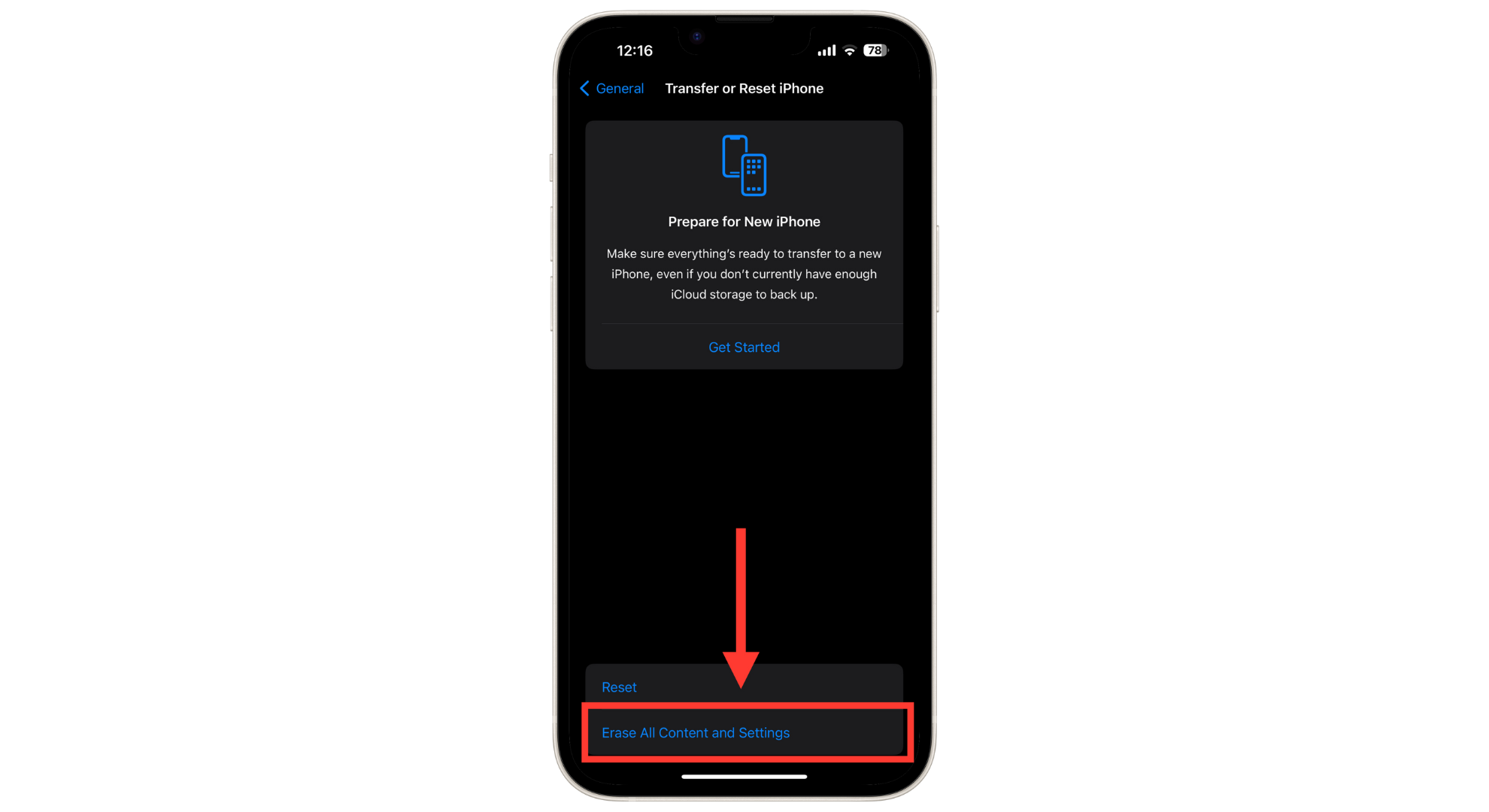
Tap Transfer or Reset iPhone - Choose “Reset.”
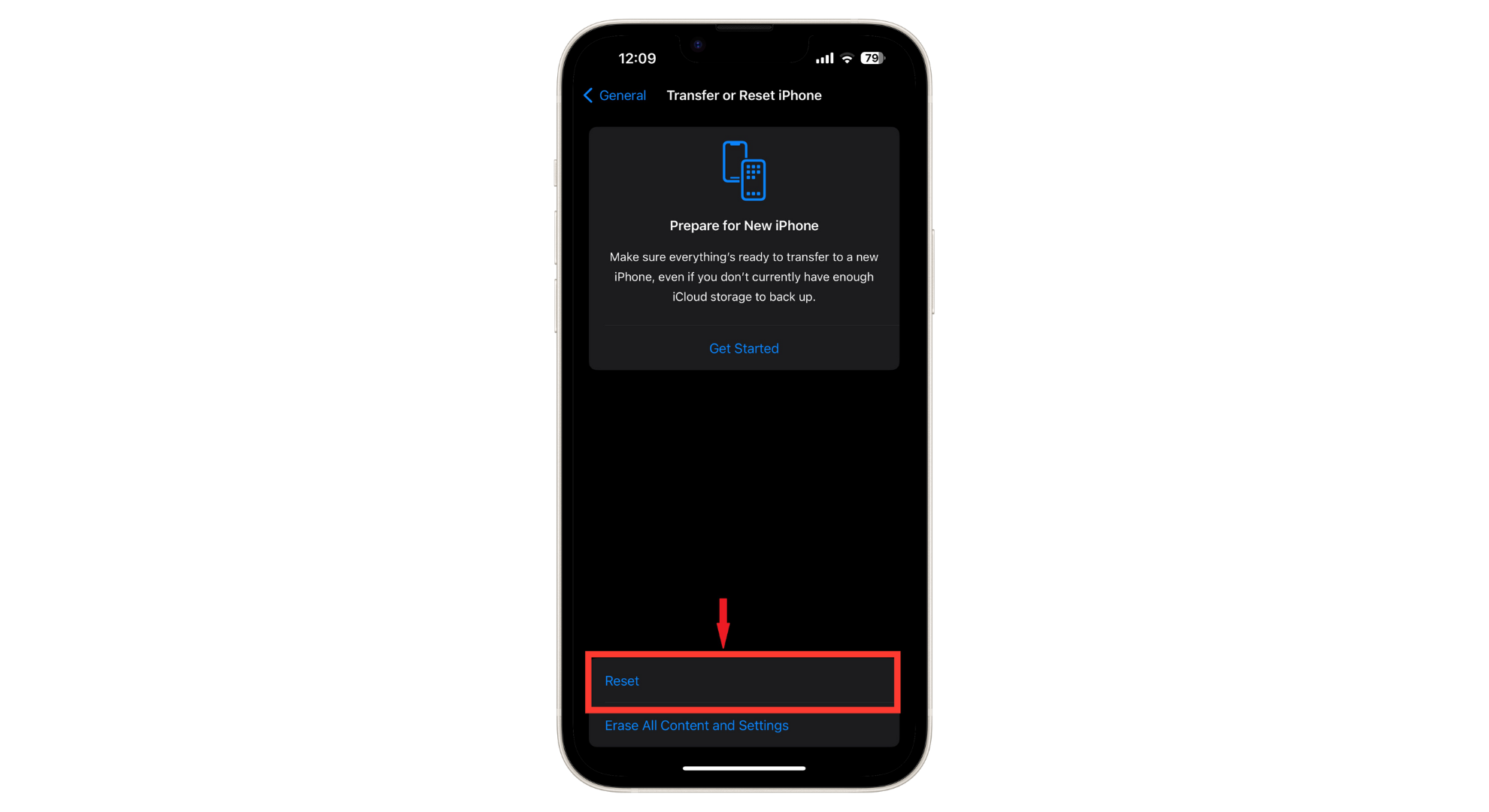
Tap on Reset - Select “Reset All Settings” to go back to the default settings.
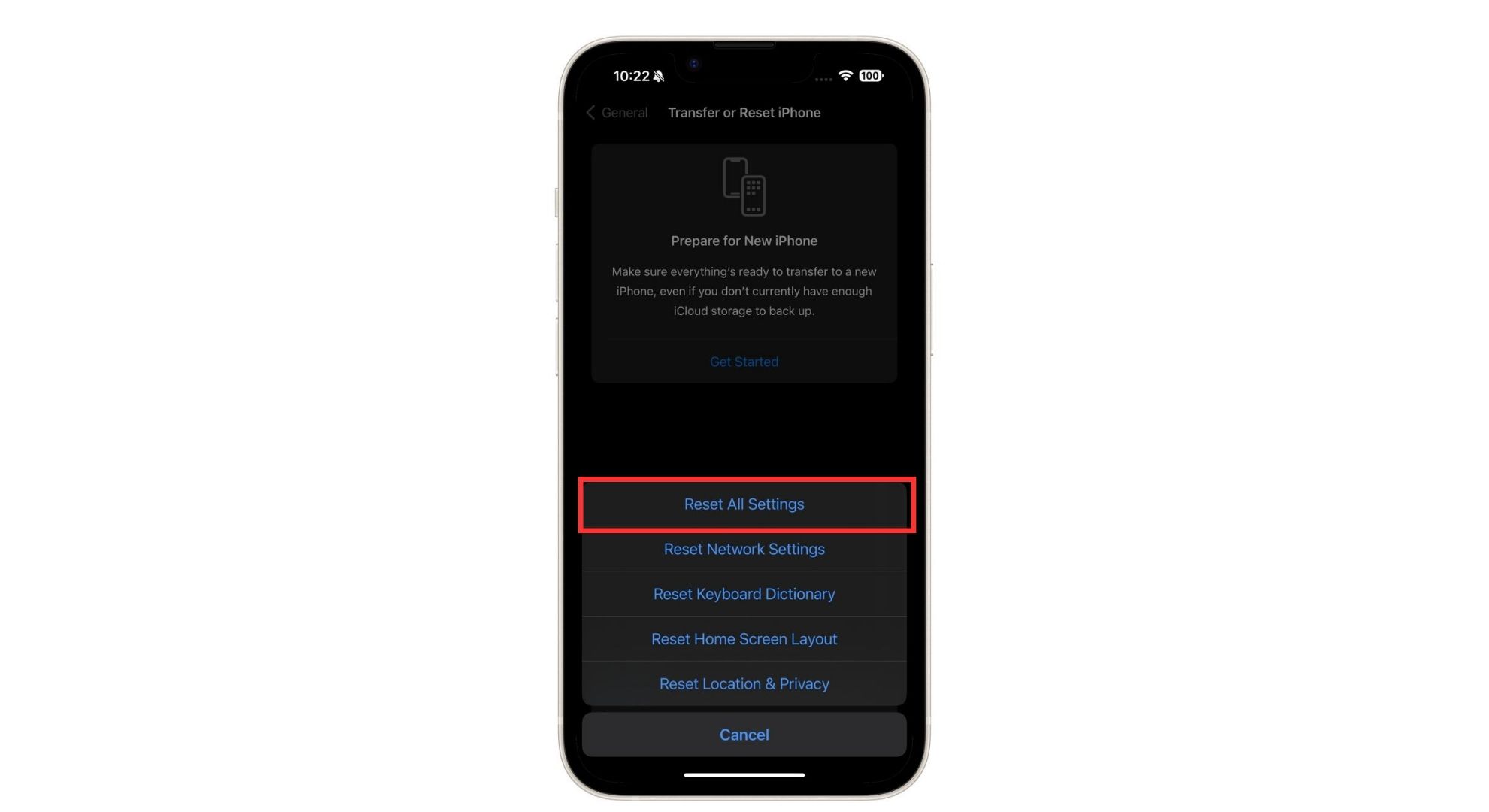
Tap Reset All Settings - You will need to enter your passcode to confirm.

Enter passcode
Once you confirm, wait for your iPhone to reset all the settings.
10. Check the Ambient Light Sensor
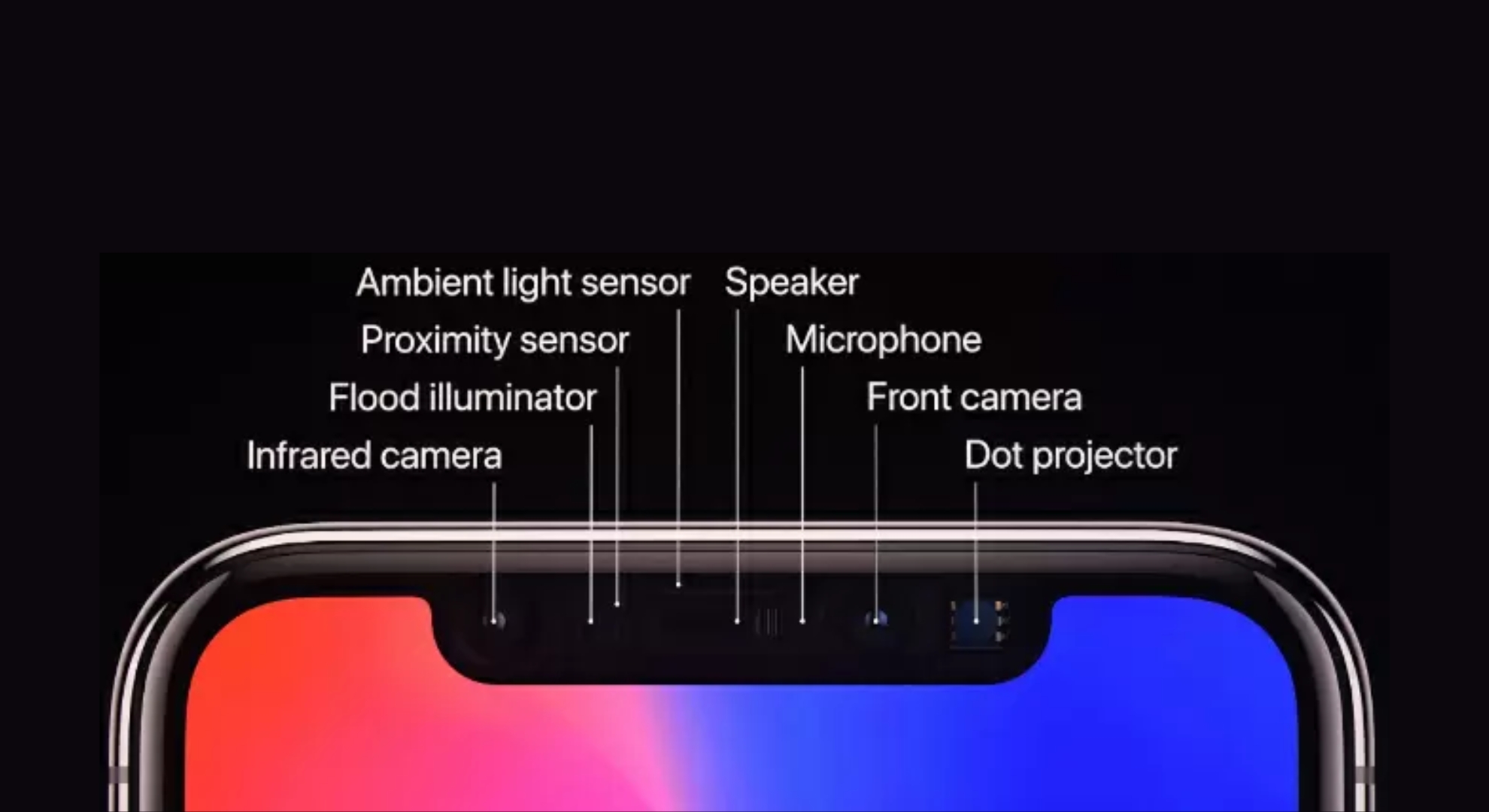
Your iPhone has an Ambient Light Sensor that checks the brightness around you. The auto-brightness feature uses this sensor to change your phone’s screen brightness based on the light around you.
To check the ambient light sensor, manually increase your screen brightness and then turn on the auto-brightness feature in a dark room. Your screen should dim on its own. If it doesn’t, your iPhone might have a hardware problem causing the brightness to change. In that case, you should take your iPhone to an Apple store to get it checked.
11. Contact Apple Support
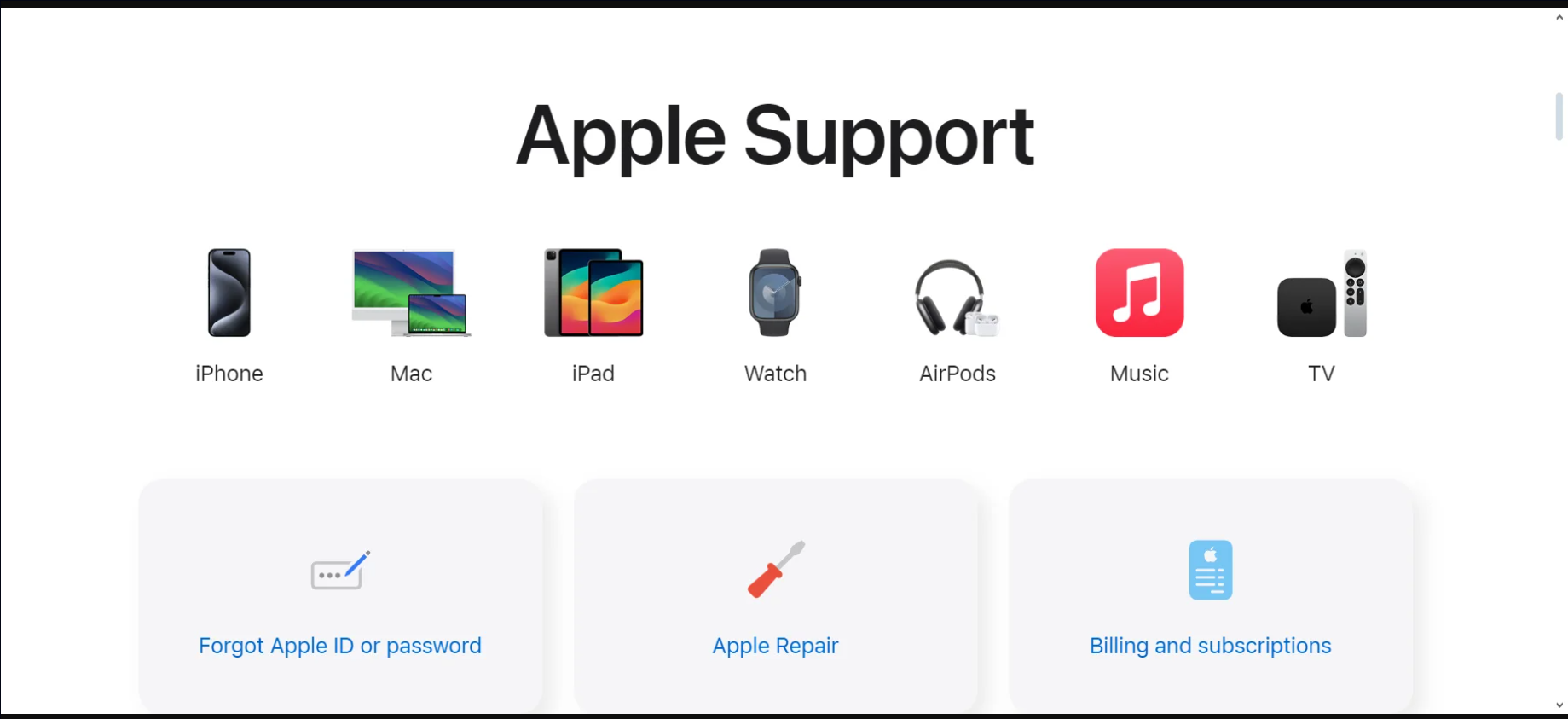
Apple Support can check your iOS device’s details and give you all the possible ways to fix the problem. It might be better to go to an iPhone repair center if needed.
If you’ve tried everything mentioned above and your iPhone’s screen brightness keeps changing, there might be a software issue or something else wrong inside your phone. In this situation, you should contact Apple Support to resolve the problem.
READ MORE: How to Contact Snapchat Support in 2024 [4 Different Ways] ➜
How do you change the brightness manually on your iPhone?
After fixing the issue of your iPhone’s brightness changing by itself, you’ll have to set the brightness level manually when necessary. If you’ve disabled Auto-Brightness and Night Shift, there are two methods to control the brightness on your iPhone manually.
↪ From Control Center
Here’s how you can change the brightness from the Control Center:
- On an iPhone X or later, swipe down from the top right corner of the screen (or swipe up from the bottom on older iPhone models) to access the Control Center.

Access the Control Center - Adjust the brightness by moving your finger up or down on the sun icon.

Adjust the brightness
↪ From Settings
Here’s how to adjust the brightness through the Settings app:
- Open the Settings app and select “Display & Brightness.”

Tap on Display & Brightness - Move the Brightness slider to set the brightness level you want.

Adjust the Brightness
READ MORE: How to Fix “Location not Available” in your iPhone? ➜
Final thoughts
If your iPhone brightness keeps changing, it can be due to various settings. You can take control of your iPhone’s brightness by following the steps outlined, such as adjusting the Auto-Brightness, checking for overheating, disabling Night Shift and True Tone, or even resetting all settings.
Remember to manually adjust the brightness to suit your needs, either from the Control Center or the Settings app. If these solutions don’t resolve the issue, your next best step is to contact Apple Support. By understanding and managing these features, you can enjoy a more consistent and comfortable viewing experience on your iPhone.
FAQs
Direct adjustment of the auto-brightness sensitivity isn’t available, but the iPhone learns from your manual brightness adjustments over time. The system adapts to your preferences if you frequently adjust brightness after automatic changes. This learning process is subtle and takes time, offering a more personalized brightness experience based on your interaction patterns.
Yes, the auto-brightness feature functions across the iOS system, affecting all apps. However, some apps might have brightness settings that can override system settings.
Turning off auto-brightness may lead to decreased battery efficiency. The screen is one of the most power-consuming components of your iPhone. Without auto-brightness, the display might often remain at a higher brightness level than necessary, leading to a faster battery drain.
For immediate manual control over your screen’s brightness, use the Control Center. This action temporarily overrides auto-brightness settings until there’s a significant change in the surrounding light conditions. This quick adjustment is helpful for situations where immediate brightness modification is needed without delving into settings.
While the primary factor influencing auto-brightness is ambient light, the feature’s effectiveness can be impacted if the iPhone’s sensors are covered or if there’s damage to the sensor area. For instance, a case or screen protector covering the sensors might stop accurate light detection, affecting how well auto-brightness adjusts the screen.




